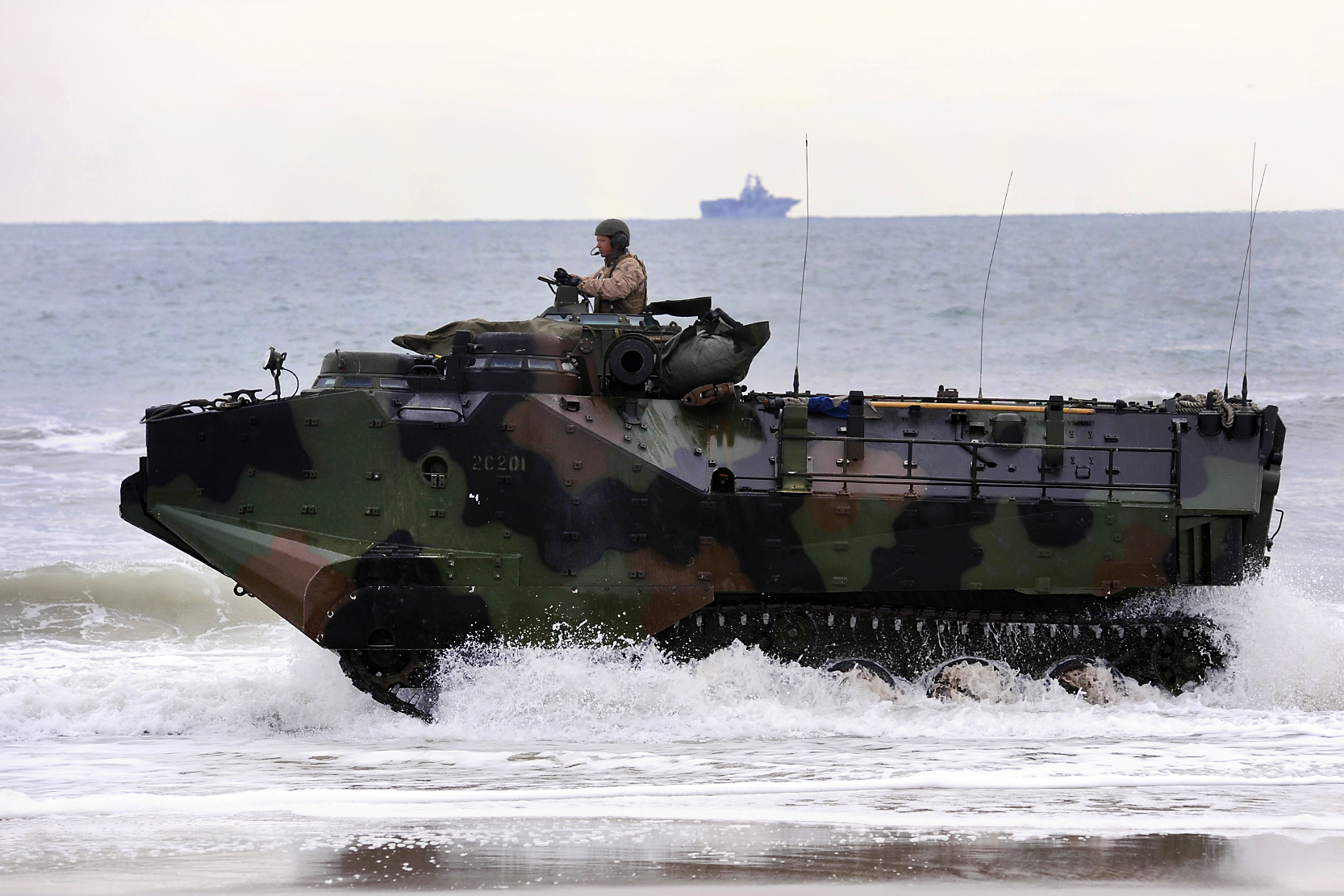
Marines at Camp Pendleton held a ceremony to decommission the service's last active duty AAVs. The sea/land assault vehicle entered service in 1972. Marine Corps photo by Marvin Lynchard.
The Marine Corps formally decommissioned the last of its “workhorse” amphibious landing vehicles in a ceremony in California last Friday, bidding farewell to the machines that have carried Marines from ship to shore and through combat zones around the world for more than 50 years.
The Assault Amphibious Vehicle (AAV) became part of the Marine Corps’ repertoire in 1972. It saw action from Grenada to Iraq, and was a critical tool in the aftermath of Hurricane Katrina as one of the only vehicles adept at navigating the flooded streets of the Gulf Coast.
“We’re sad to see the AAV go,” Col. Lynn W. Berendsen, the commanding officer of the Assault Amphibian School at Camp Pendleton, California, said in an interview with Task & Purpose on Thursday. “It was a workhorse.”
The nearly 30-ton vehicle is fully tracked and covered with buoyant armor panels to both protect Marines in combat or deliver them to beachheads – both central functions for the amphibious service. It is being replaced with a newer landing vehicle known as the Amphibious Combat Vehicle, or ACV, an eight-wheeled platform.
Berendsen joined the Corps in 1995 as an “amtrac” – the nickname for Marines who operate the AAV – and spent most of his career on the vehicle, including in Falluja, Iraq. He now oversees the schoolhouse, which is the epicenter of Marine Corps amphibious assault craft.
“I can think of several times in and around Fallujah in 2005 having been shot at many times, having had bullets bounce off the side of the vehicle, knowing that it was going to operate every time I needed it to,” he said. “It was just one of those things that I was very comfortable operating in, and I knew it was always going to take on the job, no matter what it was after.”
Berendsen said that the “sundown ceremony” held at Camp Pendleton last week was meant to be less about the vehicle itself, but more about the Marines that used it and the way forward with the ACV.
 U.S. Marines Corps Col. Lynn W. Berendsen, the commanding officer of Assault Amphibian School, Training Command, give remarks during the Assault Amphibious Vehicle Sundown Ceremony at Marine Corps Base Camp Pendleton, California, Sept. 26, 2025. Marine Corps photo by Lance Cpl. Ricardo DelCastillo
U.S. Marines Corps Col. Lynn W. Berendsen, the commanding officer of Assault Amphibian School, Training Command, give remarks during the Assault Amphibious Vehicle Sundown Ceremony at Marine Corps Base Camp Pendleton, California, Sept. 26, 2025. Marine Corps photo by Lance Cpl. Ricardo DelCastilloThe AAV received intense scrutiny in 2020 after eight Marines and a sailor died when their vehicle sank during a training exercise off the coast of California. A series of investigations found maintenance issues, poor training, and a lapse in safety oversight at the center of the accident.
“In those tragedies, if you’re not doing what you’re supposed to by learning the lessons that come out of things like that, I think you’re failing your Marines of the future,” Berendsen said. And while he noted that there is “no invincible vehicle or weapon system on the battlefield,” he said that “it’s incumbent upon us to remember those Marines that lost their lives in training and in combat, to make sure that we’re doing everything we can to not replicate those same mistakes in the future.”
Berendsen said the assault school teaches new enlisted and officer students about the 2020 incident, as well as the AAV’s exposure to improvised explosive devices in Iraq. More than a dozen Marines were killed in a 2005 EID attack on an AAV.
“There’s been a lot of programs that have been implemented, such as our safety program, [that have] been followed from lessons learned,” said Master Sgt. Jorge Mejia, a course chief at the school. “We got to make sure that things like that don’t happen, to do everything in our power for those things not to happen.”
Replacement ACV now deployed widely
The AAV’s replacement, the ACV, had some early setbacks after it arrived. Two non-fatal rollovers in 2022 caused the Marine Corps to issue a monthslong delay in waterborne training. Last year, the service codified training and safety standards for the ACV as it continues to deploy on exercises around the world. Mejia and Berendsen were confident in the school’s ability to teach new operators how to employ the ACV effectively and safely.
The ACV comes in four variants: a personnel carrier, a recovery vehicle, a communications vehicle and one version with a 30-millimeter cannon mounted on it. The Marines expect to eventually have 400 of the personnel carrier versions, which will make up the vast majority of the ACV fleet, according to Berendsen.
Top Stories This Week
Berendsen said that a few Marine Corps Reserve units will hang onto some AAVs for the next year or so, and the school graduated the final crews in August. But Friday marked the end of an era for the AAV.
There were more than 1,200 AAV personnel carriers at the height of their service. Now they have tracked off into the sunset, having “served [their] purpose well,” Berendsen said, noting their age and difficulty in getting parts for their analog systems.
“It was a bittersweet moment, mixed with pride and a little sadness,” Mejia said of the ceremony, given that the AAV was “our home” for Marines who operated or maintained it in their careers.
“Having operated on the AAV and having it have saved my life on more than one occasion in combat, I have a great deal of pride and a great deal of respect for the vehicle and what it had offered the Marine Corps,” Berendsen said.
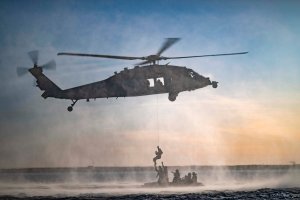
Task & Purpose Video
Each week on Tuesdays and Fridays our team will bring you analysis of military tech, tactics, and doctrine.

.jpeg)

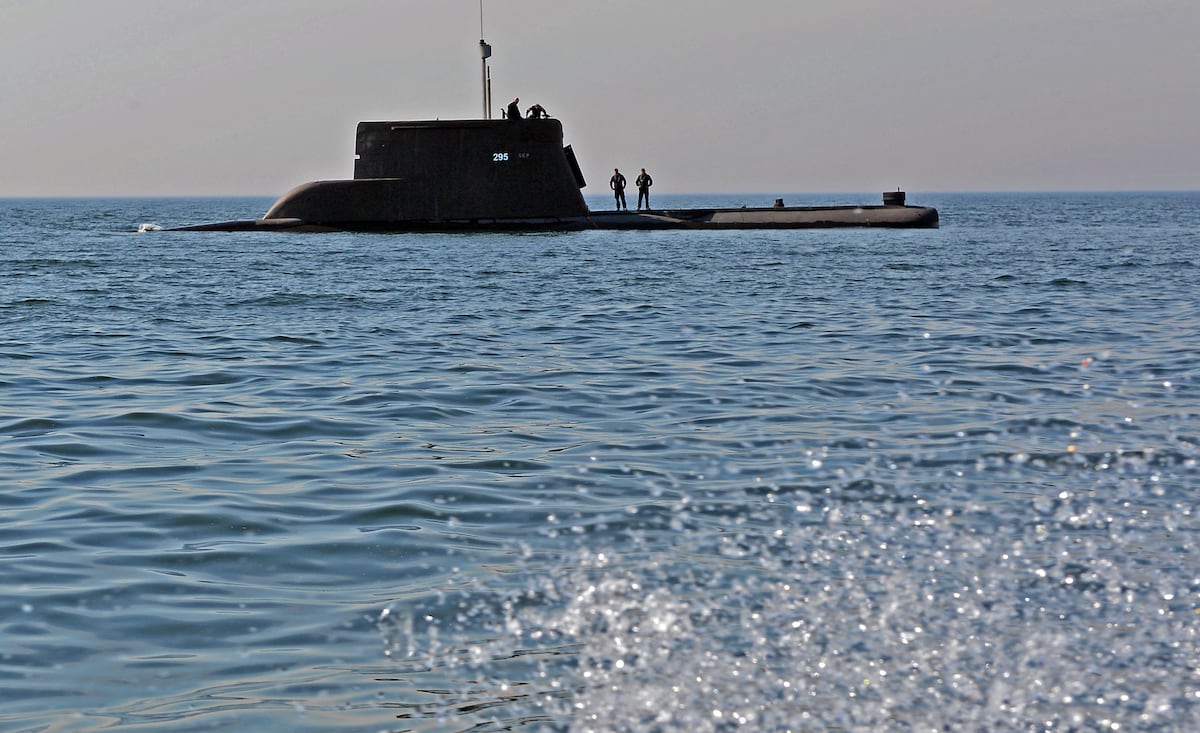

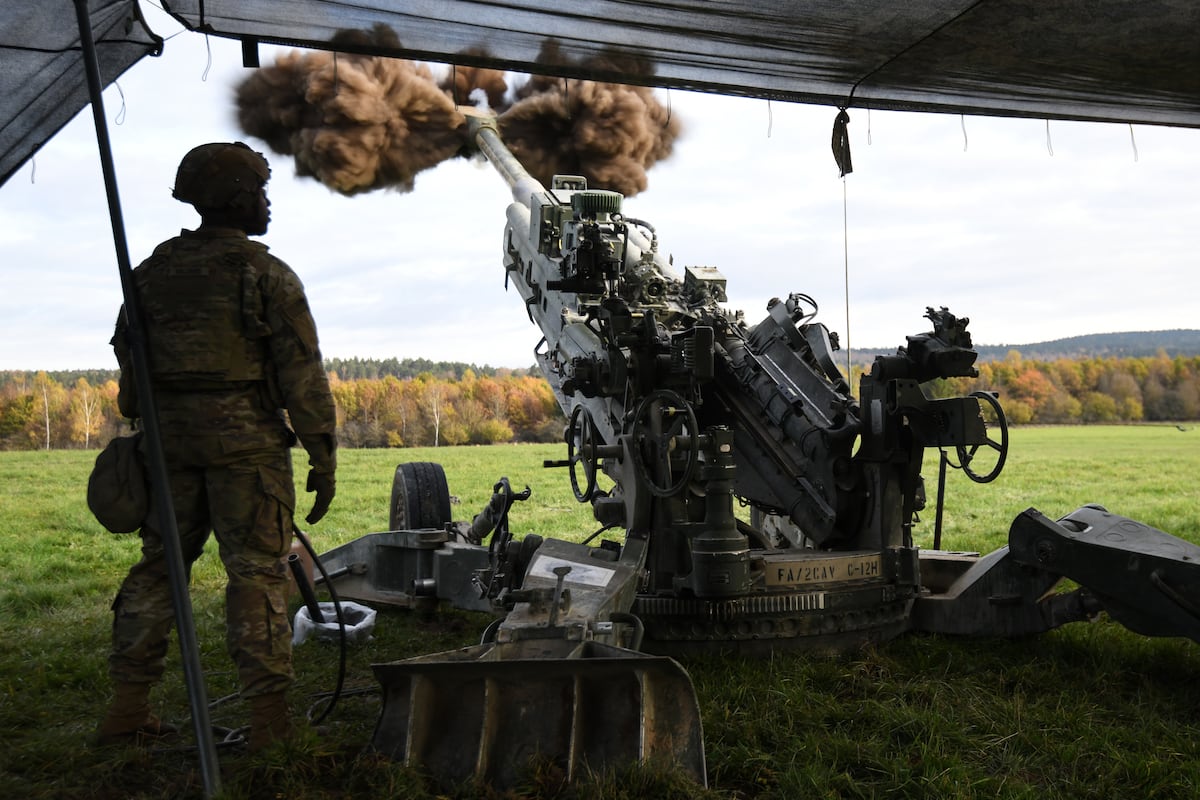



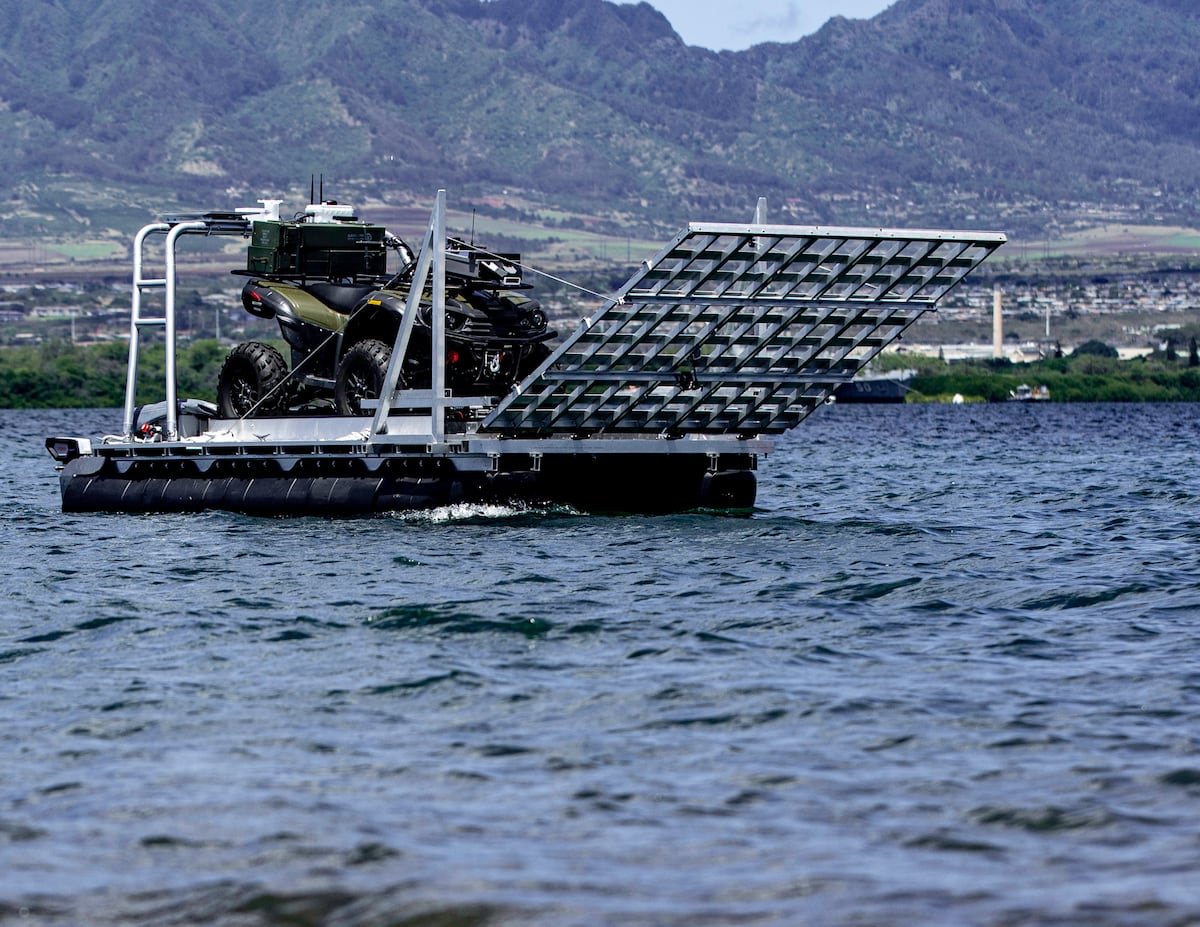


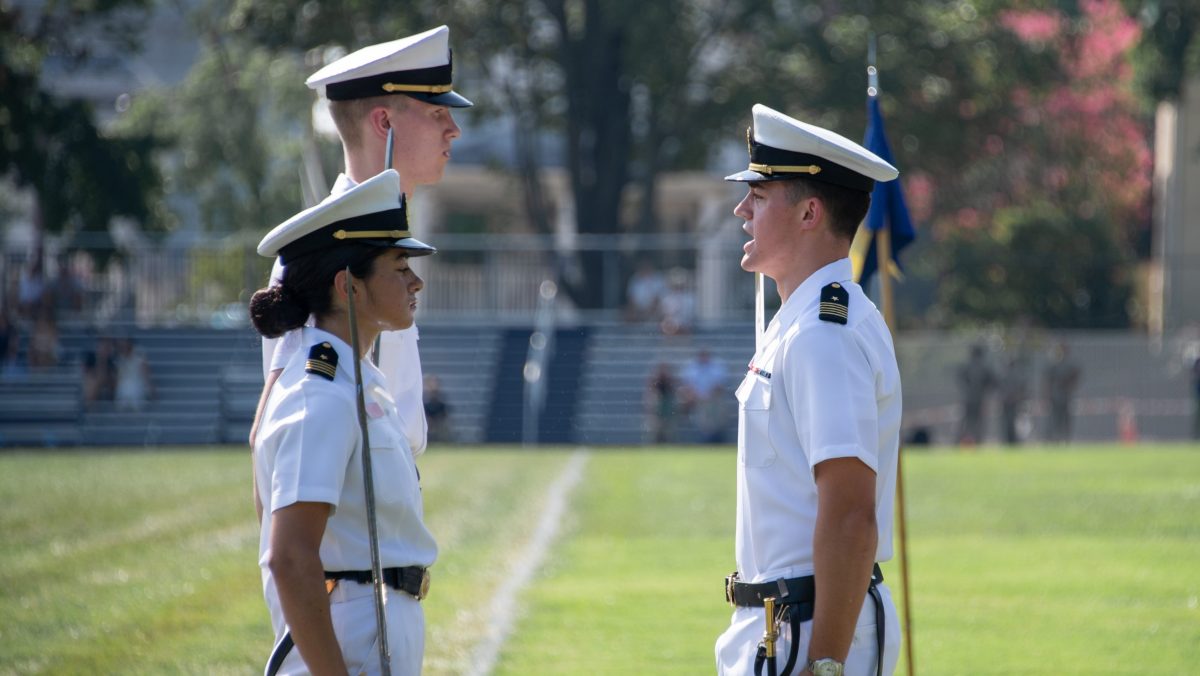
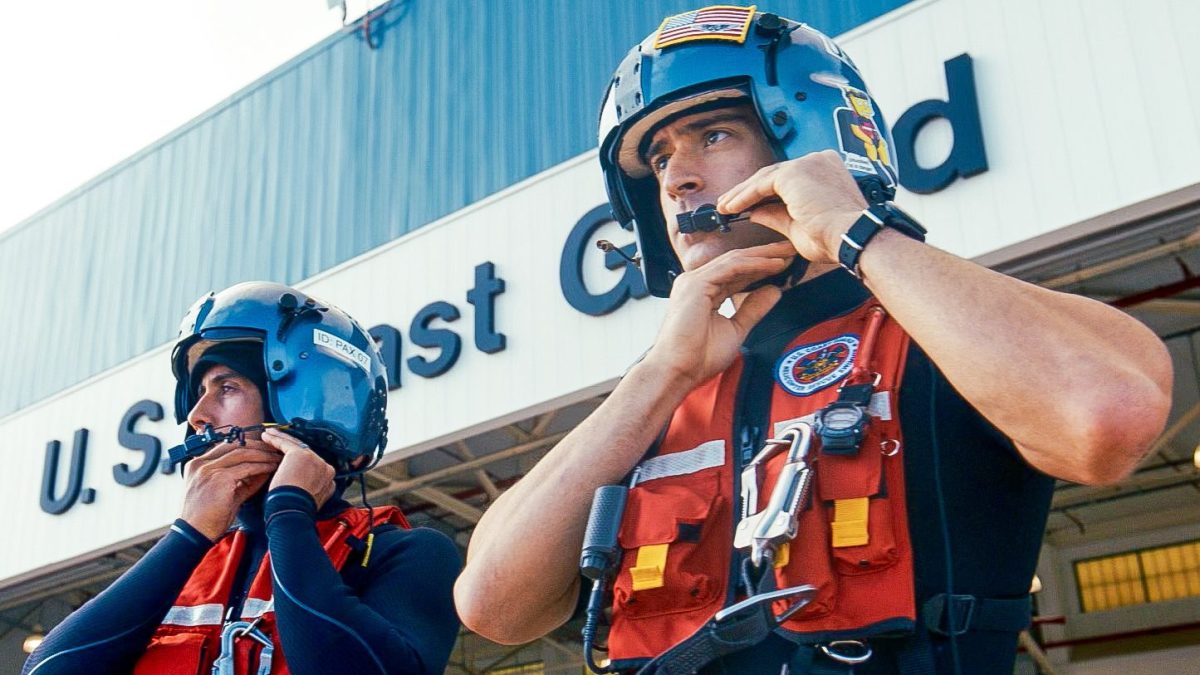
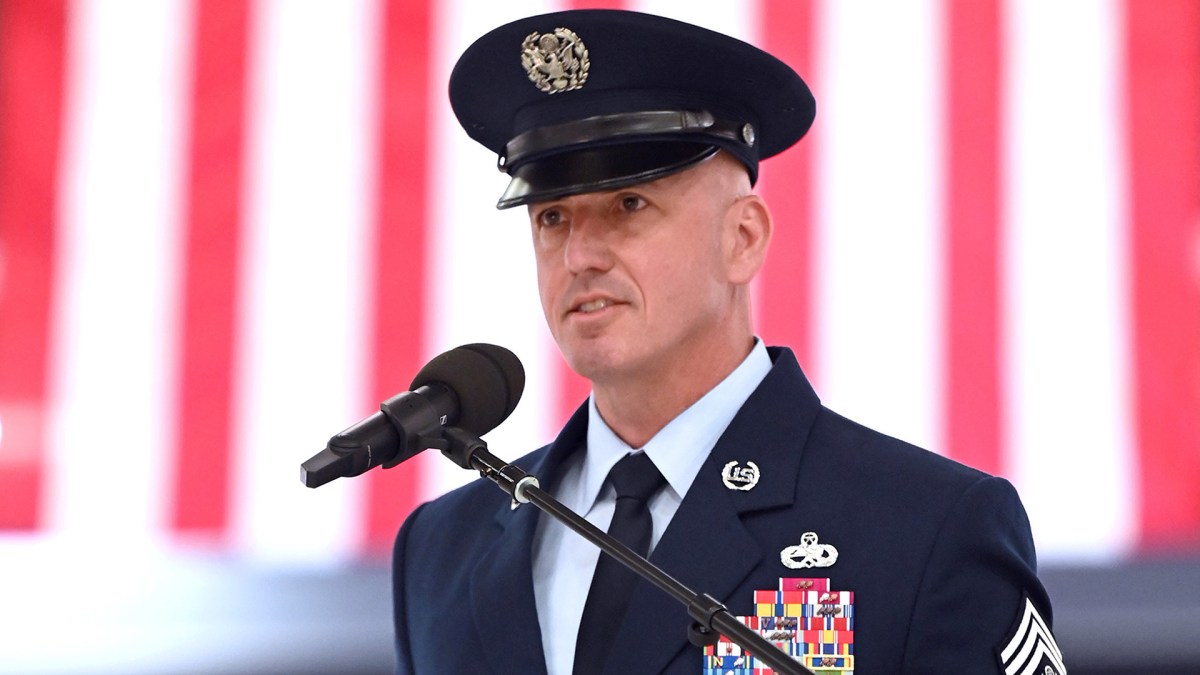
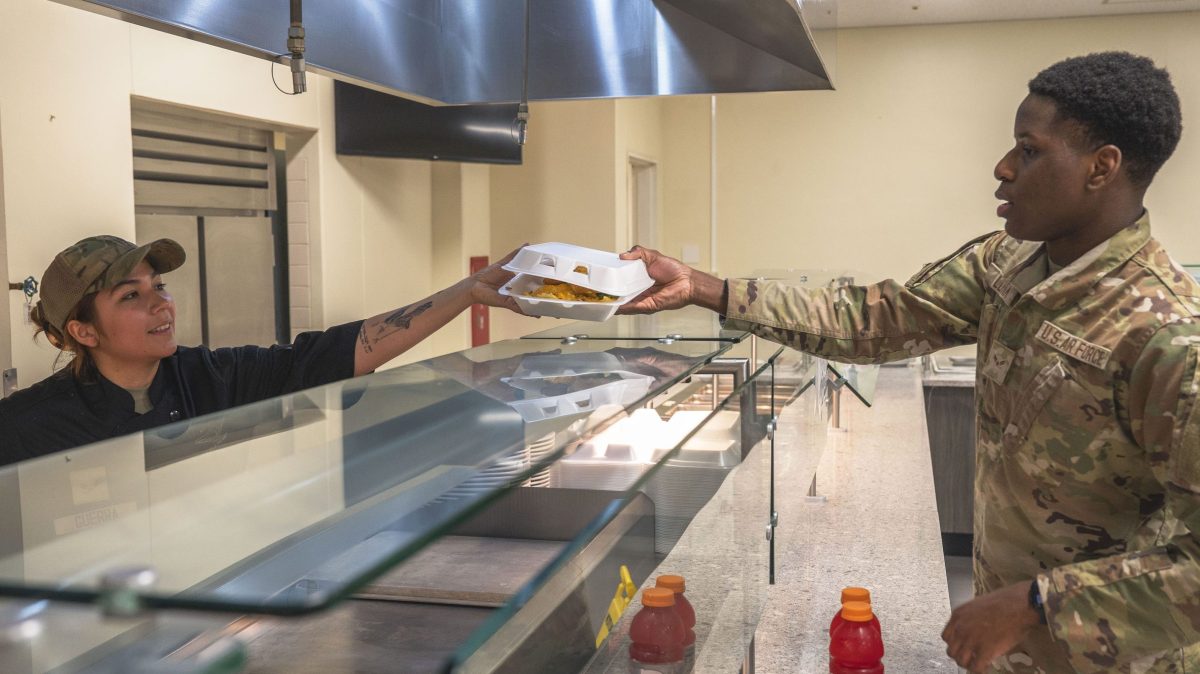






.jpeg)













 English (US) ·
English (US) ·